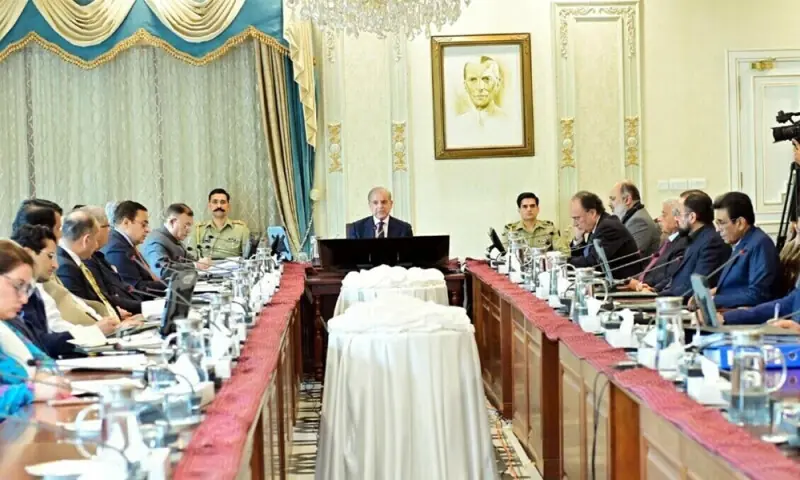Copyright brecorder

EDITORIAL: A Business Recorder exclusive reveals that the Special Investment Facilitation Council (SIFC) has sent out a comprehensive questionnaire to ministries (with over 40 questions) targeted to provide an internal and external diagnostic of target sectors that would be used as critical inputs for the finalisation of strategic economic engagement with Saudi Arabia. This approach must be appreciated though it must be borne in mind that the SIFC’s capacity to undertake mitigating measures with respect to issues pertaining to an external diagnostic are limited by definition. The SIFC was established in June 2023 and the objective was salutary: all key stakeholders were on board notably the federal and provincial governments as well as the security establishment that provided a key input, given the security challenges facing the country. A little over two years down the line foreign investment inflows remain low with the October 2025 Economic Update and Outlook, a monthly publication uploaded on the Finance Division’s website, noting that the foreign direct investment (FDI) July-September 2026 was USD 568.8 million against USD 864.6 million in the same period last fiscal year — a decline of 34.2 percent. What is no doubt concerning is the fact that the decline was steeper in September 2025 compared to the same month in 2024, estimated at 55.5 percent — to USD 185.6 million from USD 417.4 million, respectively. Portfolio investment registered negative USD 633.3 million July-September 2026 in spite of the fact that the discount rate was one of the highest in the region at 11 percent as opposed to USD 132.5 million in the same period the year before. And FDI plus portfolio investment declined by negative 64.5 percent July-September 2026 against the same period the year before or in total terms from USD 997 million to negative USD 64.5 million. This disturbing data shows that with the best domestic will in the world coupled with the intent of countries to invest in Pakistan as reflected by the memoranda of understanding signed (estimated at between USD 25 to 35 billion) the actual inflows reflect a malaise that would require policy decisions over and above those dedicated to ending bureaucratic red tape by focusing on providing a one-window facility to prospective foreign investors. This requires two major considerations. First and foremost, it must be acknowledged that FDI inflows are not a function of domestic policy alone, though that does play a major role. The fact is that all countries compete with each other to attract foreign investment — developing and developed countries alike with the latter able and more times than not willing to offer many more incentives with low level of red tape relative to developing countries, including Pakistan. While continuity of policies, specifically fiscal and monetary policies, are a component of this drive yet the state of the economy plays a major role in FDI inflows. Pakistan as a case in point is not rated by international rating agencies as an investment grade country in spite of recent upgrades, and additionally has never been so rated in our entire history, though India and China are rated as such. However, Pakistani administrations usually cite the mineral wealth of the country as a magnet for FDI attraction. This is a valid objective; however, two factors are negatively impacting on the country’s capacity to attract this investment: (i) many of the contracts signed so far by the country have led to international arbitration due to failures associated with inability to abide by the contracts signed. The Chinese Independent Power Producers, for example, have repeatedly expressed their concerns over our failure to meet our contractual obligations and to date around 300 billion rupees remains outstanding to them; and (ii) inter-provincial issues remain unresolved in spite of the SIFC and an example of this is the Green Pakistan initiative with Sindh expressing its serious concerns. To conclude, proposed projects should be cleared by all relevant stakeholders before-hand and domestic legal expertise must be developed and sharpened to ensure that all FDI contracts take account of the long-term economic impact on the treasury as well as the general public. Copyright Business Recorder, 2025



